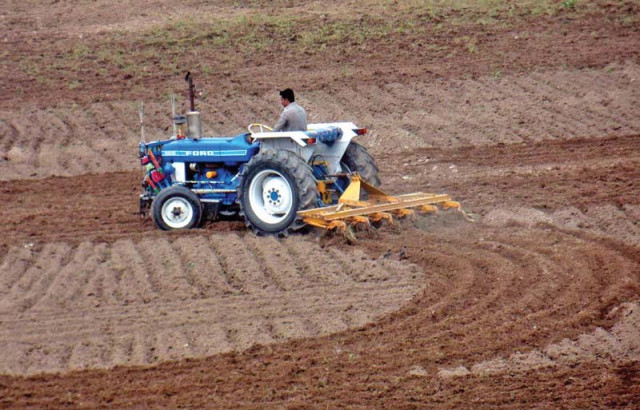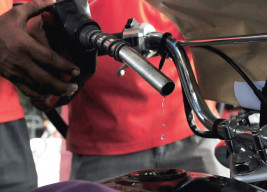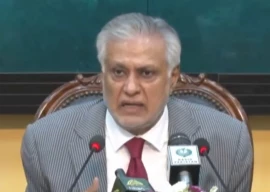
If capacity utilisation is higher, the firm hires more labour and utilises the existing capital to the fullest. If capacity utilisation decreases, the firm sheds labour to remain profitable and this is what is currently happening in the tractor industry of Pakistan.
Hitting where it hurts: ‘Revenue from tractor industry to see big fall’
The rate of capacity utilisation of the tractor industry is quite maverick since fiscal year (FY) 2011 which in turn affects the dynamics of labour associated with the industry.
There are two big players (Millat and Al-Ghazi) and one smaller one (Orient) in an oligopolistic market of tractors in Pakistan. The two big players have around 97% market share, while the rest lies with the small one. The single shift capacity utilisation of tractors was around 60% in FY14 and shot up to 80% in FY15 and is declining again in FY2016.
The tractor industry has always been a barometer of the state of the rural economy in any developing country. The growth of industry primarily depends on gross domestic growth of the agriculture sector. In addition, the growth, to some extent, also depends on secondary uses of tractors for transportation and construction purposes.
Declining demand
The demand for tractors has declined from the peak of 71,607 units in FY10 to the abysmally low of 34,521 units in FY14 with a slight recovery to 48,883 units in FY15. There are a number of factors associated with this palpable decline in demand and lack of capacity utilisation.
Govt’s policy to eat up tractor manufacturers’ market share
The demand for tractors is closely associated with the prices of agricultural commodities. When the price of cotton, sugarcane, wheat and rice increases the disposable income of farmers increases which in turn generates demand for tractors.
For instance, the international commodity prices increased phenomenally in FY10 which translated into a rise in domestic prices of commodities and this phenomenon enhanced the disposable income of farmers.
The international commodity prices are on the downhill since FY14 as farmers’ income got a jolt which resulted in lower demand for tractors in Pakistan.
Subsidy implementation
The demand for tractors is also associated with the subsidies provided by the federal and provincial governments in Pakistan. The governments on frequent intervals subsidised farmers either due to political compulsions or to promote domestic demand since tractor industry has already achieved a high level of indigenisation and this has been supporting the local vendor industry a great deal.
From the perspective of job creation or maintenance, the governments announce and implement subsidy schemes. As the federal government is trying to maintain a strict fiscal discipline under the Extended Fund Facility (EFF)of the International Monetary Fund along with emerging requirements of energy and infrastructure arising out of the China Pakistan Economic Corridor (CPEC), it has become resource constrained owing to lack of ‘fiscal flexibility’.
Not implemented: Delay in tractor subsidy disrupts supply chain
Although subsidy schemes have been announced in FY16, it will be difficult to implement those under the current circumstances.
The demand for tractors is also associated with a high level of mechanisation in the agriculture sector. In a developing country, the number of tractors per-hectare of cropped area is lower as compared to a developed country.
The number of tractors per-hectare of cropped area is around 350 in Pakistan which has improved a great deal since the early 2000s. However, the level of mechanisation also depends on the consolidation of land which becomes a stumbling block in further mechanisation.
In short, the rate of capacity utilisation is key to determine the demand for a product. In the post EFF scenario, fiscal expansion along with the implementation of subsidy schemes would increase the demand for tractors to some extent. However, the lower prices of agricultural commodities would still haunt the industry.
The writer is an Assistant Professor of Economics at Lums
Published in The Express Tribune, January 18th, 2016.
Like Business on Facebook, follow @TribuneBiz on Twitter to stay informed and join in the conversation.


















COMMENTS
Comments are moderated and generally will be posted if they are on-topic and not abusive.
For more information, please see our Comments FAQ